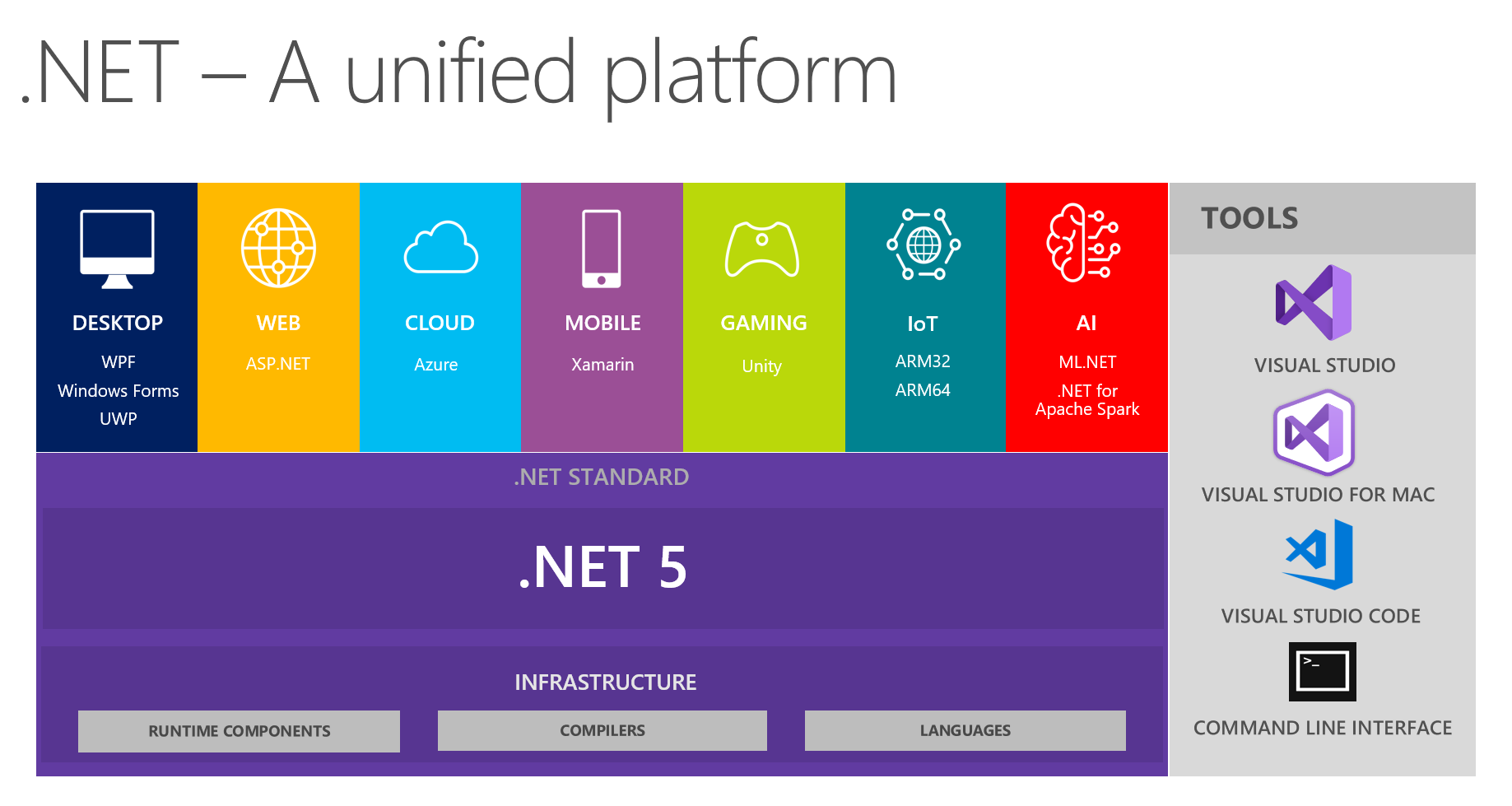

Once the browser was launched, I typed “brave” into the address bar to see if any keystrokes were unexpectedly being sent out in real-time. This request carries with it only a few pieces of non-identifying information: channel, version number, the week of installation, and a set of booleans indicating whether this is an initial, daily, weekly, or monthly run. The final request made by Brave during its first-run is to /1/usage/ios for the purpose of anonymously measuring daily and monthly active user numbers. Browsers which don’t intend to present blocking-statistics need only to load a single blocking list. The JSON list is used for ad-blocking functionality, whereas the Rust list is used for recording blocking-statistics (displayed on the new tab page). The server responded with 524 bytes of JSON containing the current New Tab Page (NTP) sponsor, web addresses for a logo and 3 background images, the sponsor URL, and coordinates for the focal point of each background image.īrave then proceeds to download JSON and Rust versions of its internal ad-block list from adblock-data.s3./iOS13/. The first request issued was to mobile-data.s3./US/photo.json, retrieving information regarding Sponsored Images. Safari is also briefly examined, but not to the extent of the other browsers, due to certain limitations.ĭuring its first run, Brave 1.15 on iOS issued 8 requests exclusively to Brave domains. Today I decided to take a look at various browsers available on iOS 13-specifically, Brave 1.15, DuckDuckGo 7.42.0.1, Mozilla Firefox 24.0, Google Chrome.

Both investigations found that Brave was, by far, the most private browser among those tested. Months later, an independent review was conducted by Douglas Leith of Trinity College Dublin. Last year I did a review of several popular desktop browsers, focusing exclusively on what they do when you launch the browser for the first time. The following review was conducted by Sampson, Senior Developer Relations Specialist at Brave.


 0 kommentar(er)
0 kommentar(er)
